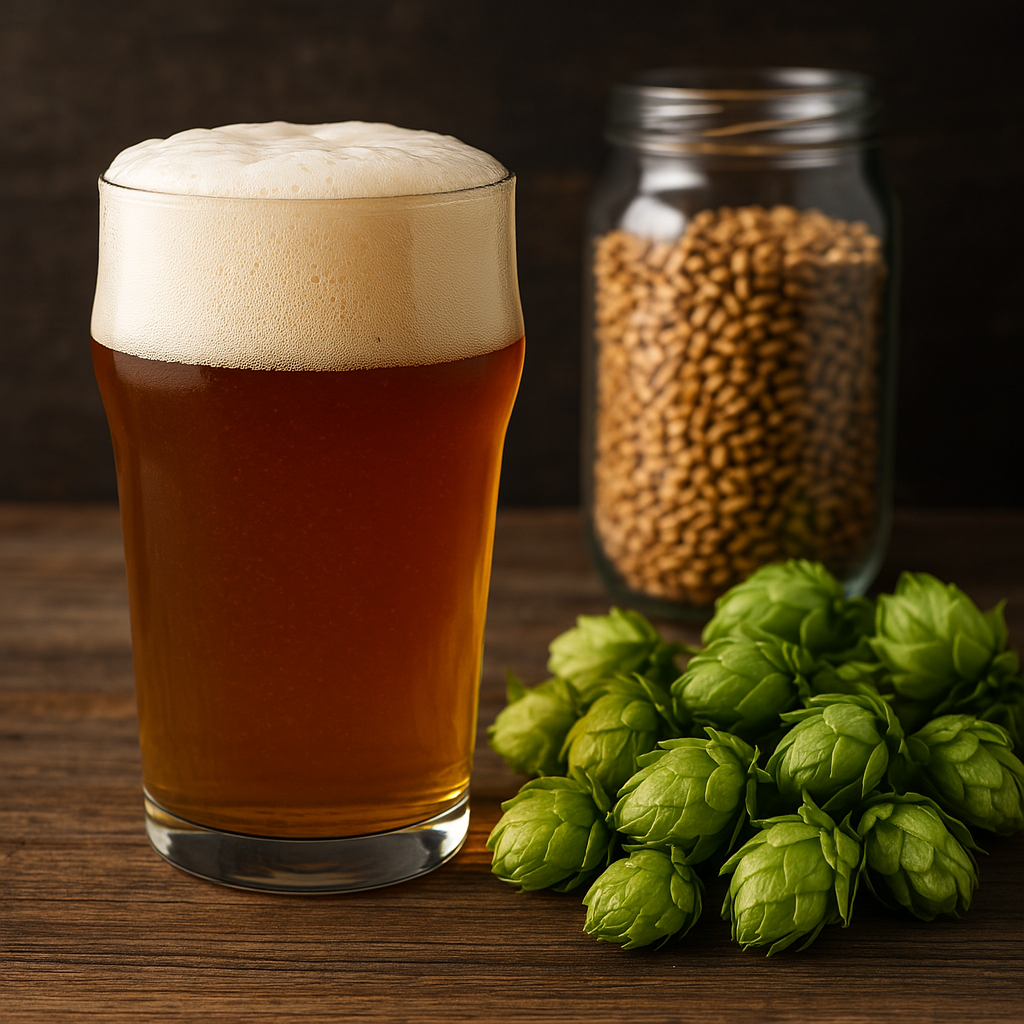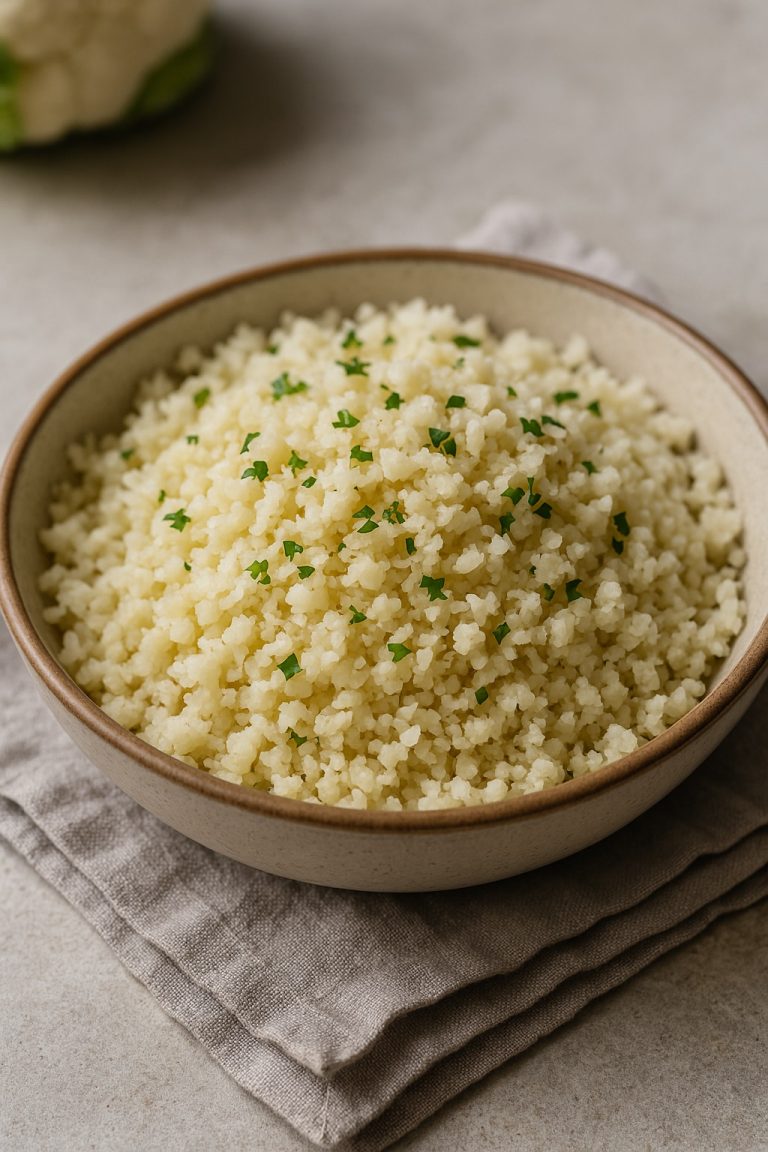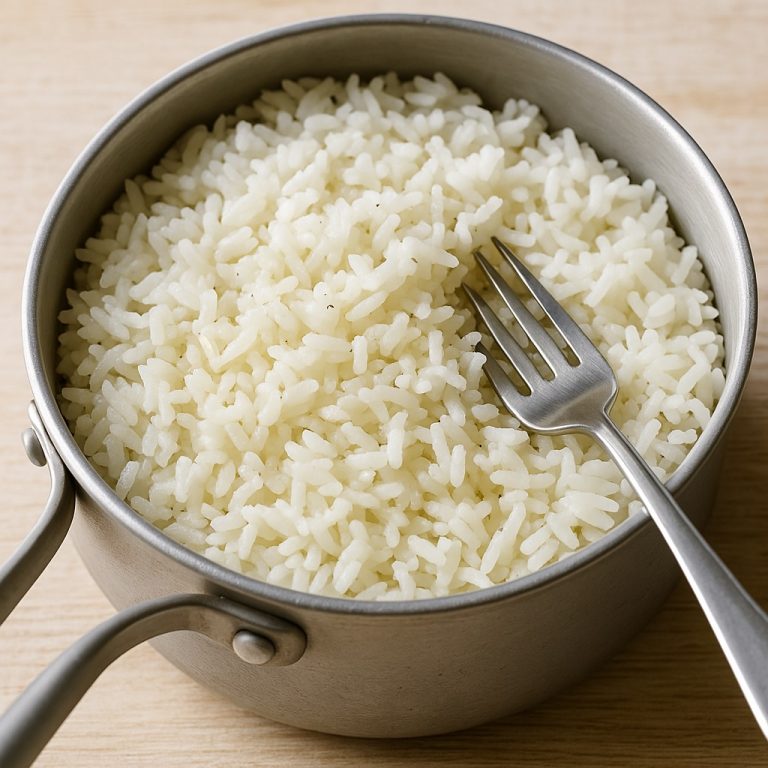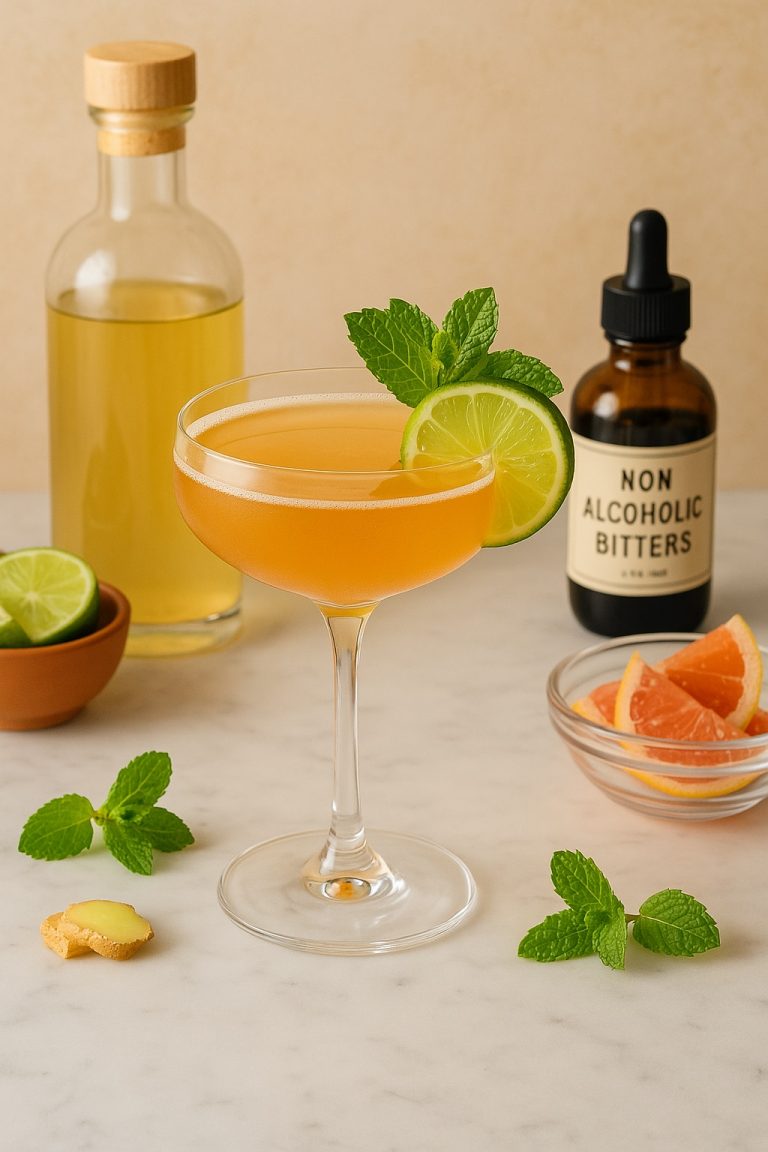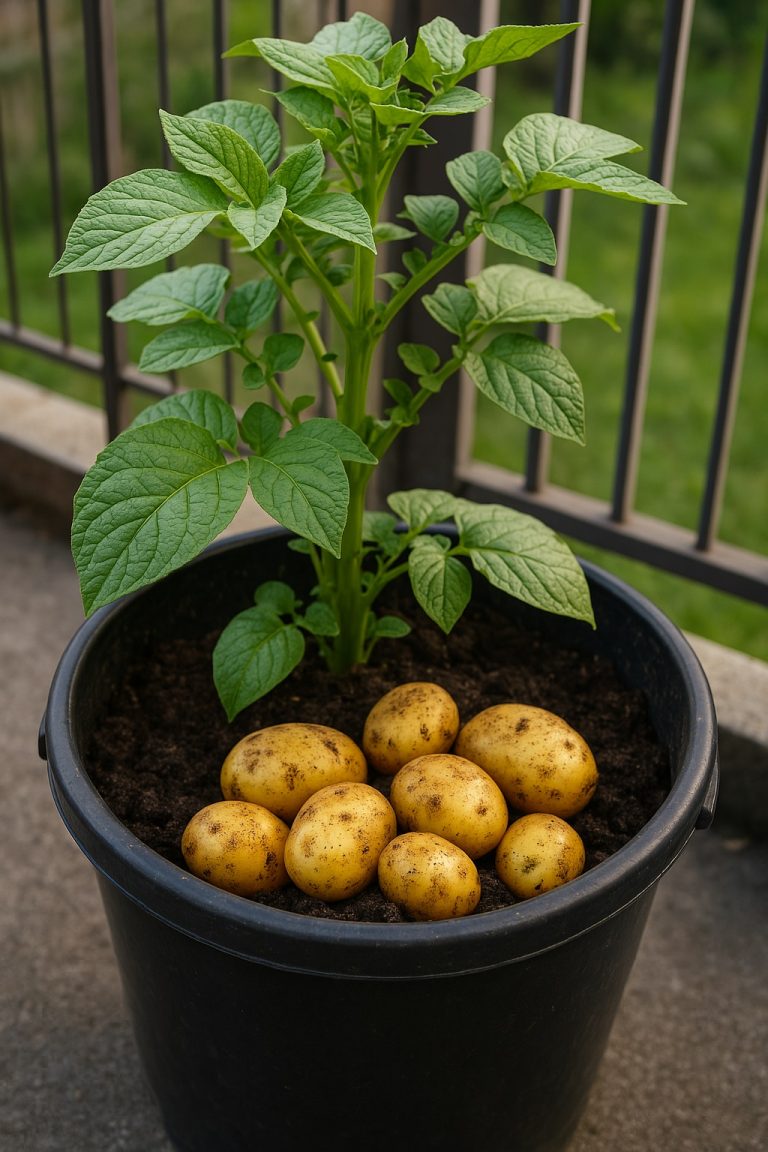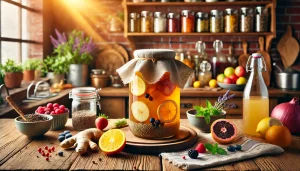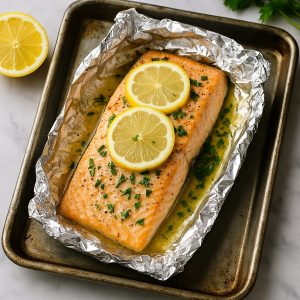Hops to Happiness
Beer: the frothy, golden potion that has fueled celebrations, conversations, and contemplations for millennia. But beneath that bubbly head lies a fascinating chemical journey that turns humble grains into a beverage cherished globally. Ever wondered exactly what’s happening inside your pint? Let’s dive deep into the mesmerizing world of beer fermentation!
Step 1: Brew Beginnings – The Mash
Beer starts its life as malted grains—usually barley—which are mixed with hot water in a step known as ‘mashing.’ This process unlocks natural enzymes in the barley that convert starches into fermentable sugars. Think of this stage as prepping an energy drink for yeast: it’s sweet, nutritious, and exactly what our microscopic brewmasters crave.
Step 2: A Hoppy Transition – The Boil
After extracting sugars from grains, the sugary liquid called ‘wort’ gets boiled. Here’s where the iconic hops join the party. Not just adding flavor and bitterness, hops act as a natural preservative and give beer its aromatic kick—ranging from floral and fruity to spicy and earthy. Boiling sterilizes the wort, ensuring a clean playground for the yeast to thrive.
Step 3: Fermentation – The Magic Unleashed
Now comes the star of the show: yeast. This tiny fungus is the alchemist turning sugars into alcohol and carbon dioxide through fermentation. Brewers cool down the wort and introduce yeast, kicking off fermentation. Depending on the yeast type—ale yeast or lager yeast—the process can range from days to weeks, drastically influencing flavor profiles and mouthfeel.
But here’s the magic part: yeast doesn’t merely create alcohol. It also crafts distinctive flavors and aromas like fruity esters, spicy phenols, and even funky notes beloved in beers like Belgian saisons and farmhouse ales.
Step 4: Conditioning and Carbonation
Post-fermentation, beer undergoes conditioning. Think of this as beer’s time to mature and round out those flavors. Carbonation can occur naturally—through a secondary fermentation in bottles—or artificially in kegs. Either way, those delightful bubbles we adore are sealed into your brew, bringing it to lively, sparkling life.
Current Buzz: Craft Beer Boom & Home Brewing Renaissance
The brewing world is bubbling right now! Craft breweries are surging in popularity, driven by the growing demand for innovative, flavor-forward beers. Home brewing, too, has seen a renaissance. With easy-to-use homebrew kits available online, beer enthusiasts are now experimenting at home, fermenting everything from classic pilsners to adventurous IPA blends.
Fermentation’s Future
Beer fermentation isn’t just tradition—it’s continually evolving. Brewers today experiment with wild yeast strains, mixed-culture fermentations, and even fermentation techniques inspired by ancient methods. Sustainability is another rising trend, with breweries exploring ways to reuse byproducts from fermentation and reduce their environmental impact.
Next time you savor a sip, remember: you’re tasting history, chemistry, and creativity in one delightful brew.
Cheers!
